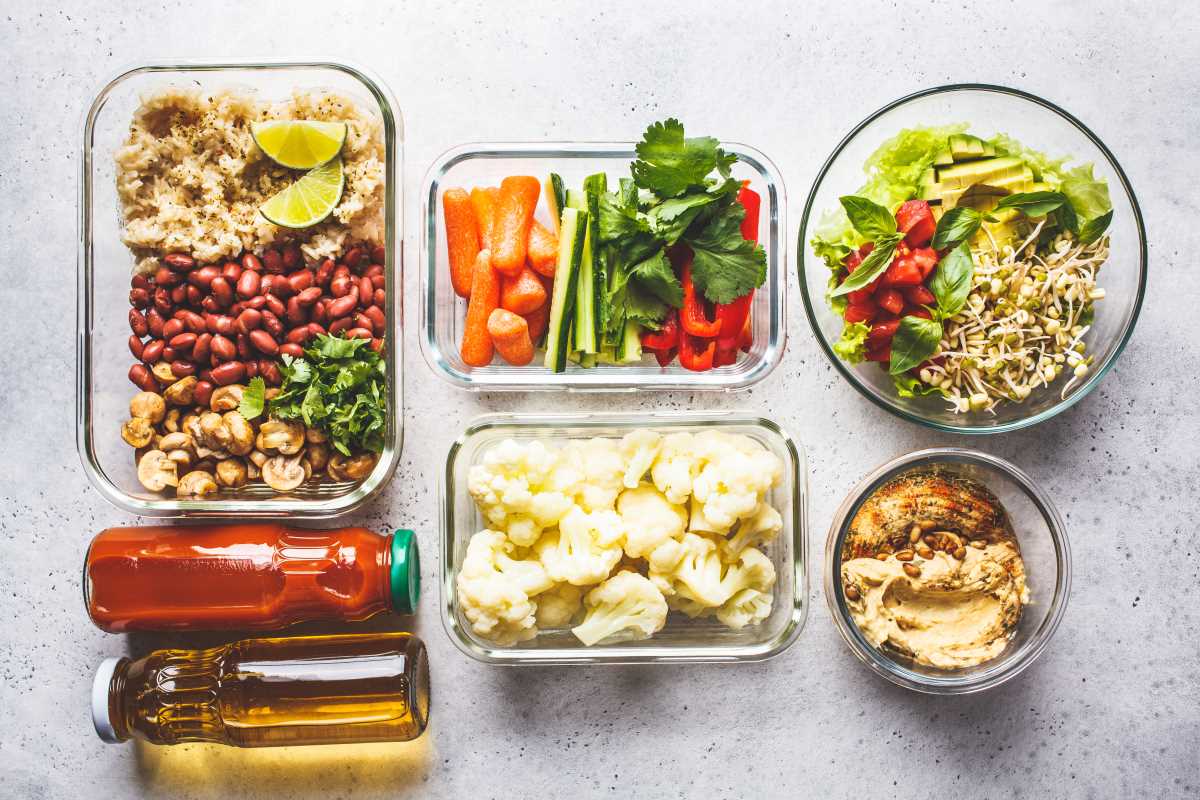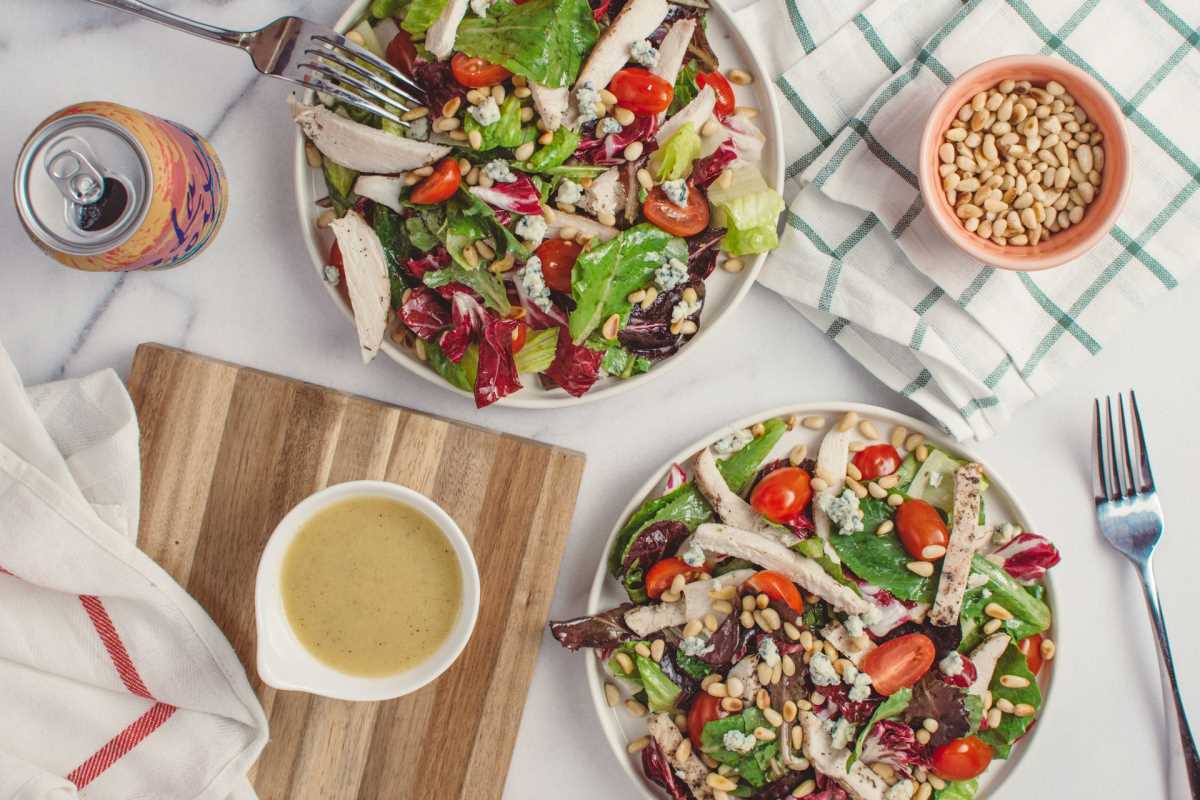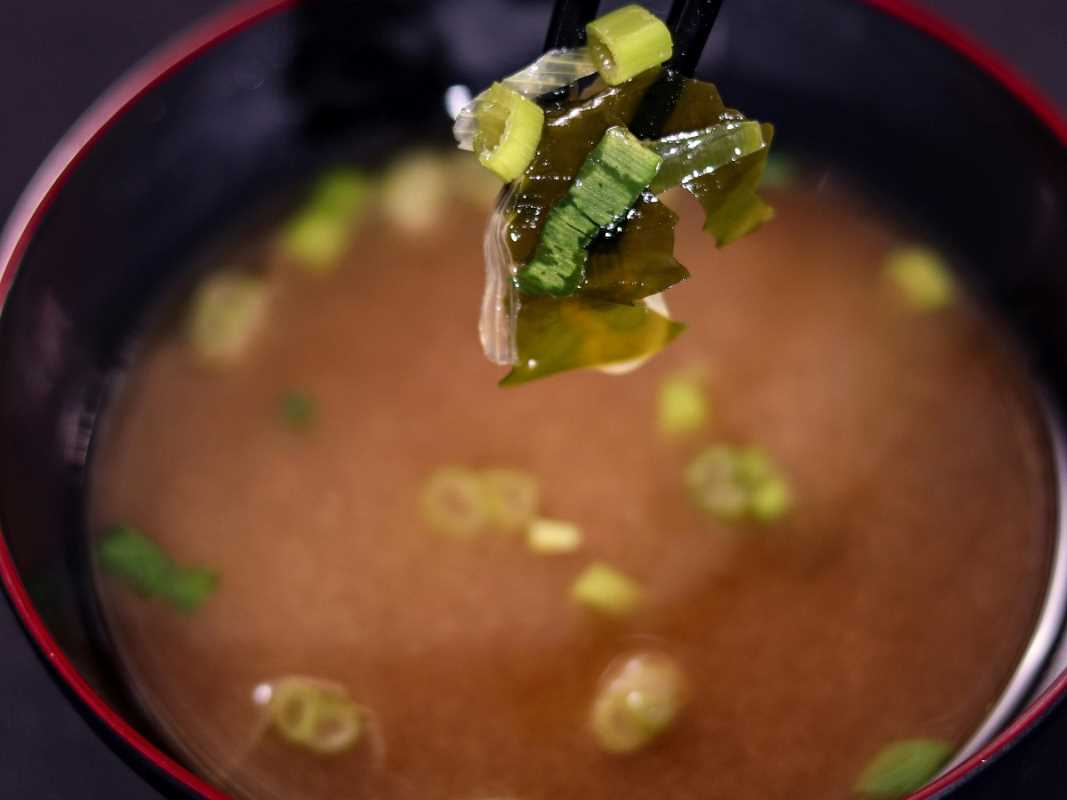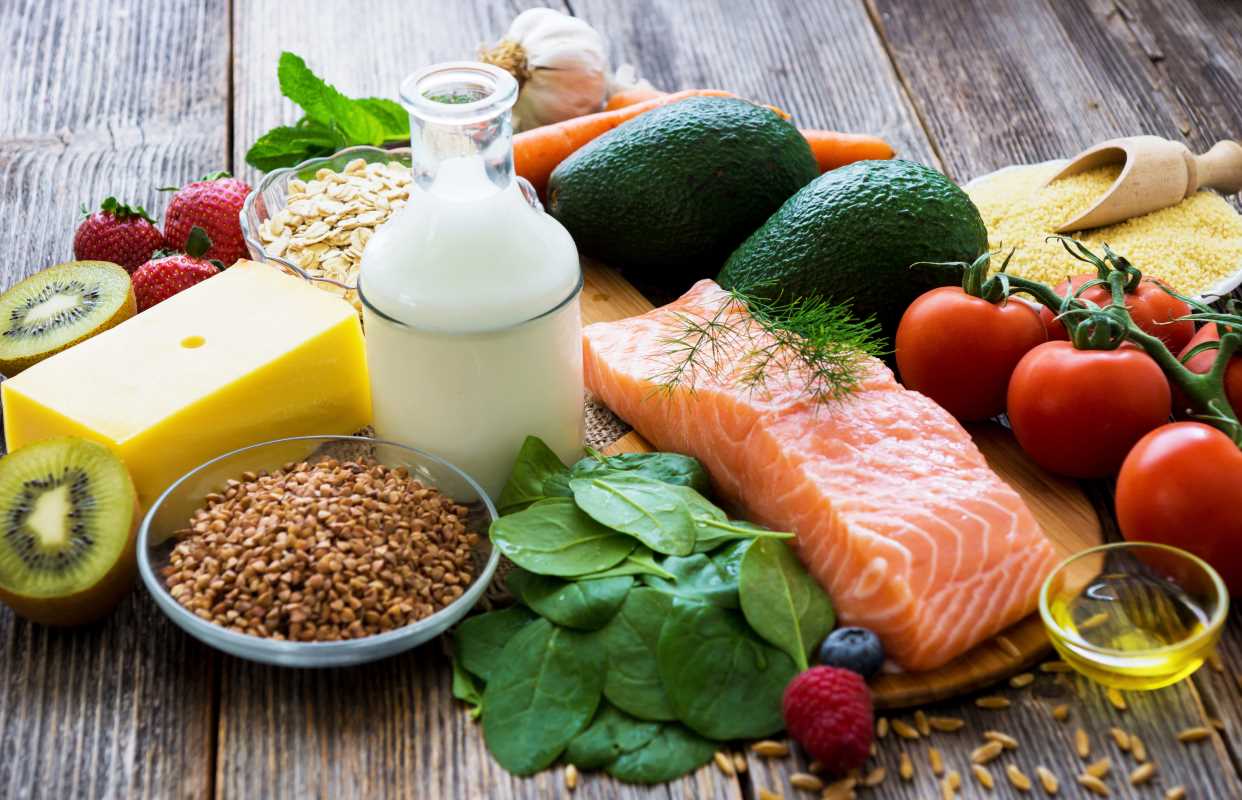Polycystic ovary syndrome (PCOS) affects millions of women worldwide, manifesting in symptoms like irregular periods, excessive weight gain, acne, hair thinning, and even fertility challenges. This complex hormonal disorder often requires a multi-faceted approach to treatment, with nutrition playing a key role. One proven dietary strategy for managing PCOS is to focus on foods with a low glycemic index (GI). But why does this work, and how can you apply it to everyday life? Keep reading to learn more about how low-GI foods can improve your well-being and help you take control of PCOS.
What Is the Glycemic Index?
The glycemic index is a scale that measures how quickly specific foods raise your blood sugar levels after eating. Foods with a low GI (55 or below) are digested and absorbed slowly, causing more gradual changes in blood sugar and insulin levels. Medium-GI foods (56–69) have a moderate effect, while high-GI foods (70 or above) cause spikes in blood sugar and insulin, often followed by a rapid drop that leaves you feeling tired and hungry again.
For women with PCOS, the glycemic index matters because the condition is often associated with insulin resistance. Insulin is a hormone that helps regulate blood sugar, and resistance to its effects can lead to higher insulin levels in the bloodstream. Over time, this can exacerbate PCOS symptoms and increase the risk of serious health issues like Type 2 diabetes and heart disease.
By choosing low-GI foods, you can keep insulin levels in check, reduce inflammation, and support overall hormonal balance.
Why Are Low-Glycemic Foods Crucial for PCOS?
1. Regulating Blood Sugar and Insulin Levels
For most women with PCOS, insulin resistance is a major underlying factor. When your body can't use insulin effectively, it compensates by producing more of it, leading to elevated levels in your bloodstream. High insulin levels not only contribute to weight gain but also stimulate your ovaries to produce excess androgens (male hormones), worsening PCOS symptoms like acne, unwanted hair growth, and menstruation irregularities.
Low-GI foods help by providing a steady release of glucose into the bloodstream, preventing the blood sugar spikes that trigger excess insulin secretion. For instance, swapping out a high-GI food like a sugary breakfast cereal for steel-cut oats with almond butter can stabilize your energy and reduce insulin surges throughout the day.
2. Facilitating Weight Management
Weight management can feel like an uphill battle for women with PCOS, partially because of how insulin resistance affects fat storage. However, a low-GI diet can be a game changer. Foods like lentils, sweet potatoes, and leafy greens have a high nutrient density and slow digestion, which helps you feel full longer and reduces the temptation to overeat. Additionally, these foods avoid dramatic energy dips, so you're less likely to reach for quick, high-sugar snacks that undermine weight-loss goals.
Even a modest weight loss of 5–10% of your body weight can significantly improve PCOS symptoms, making the effort well worth it.
3. Boosting Ovulation and Hormonal Health
One of the lesser-discussed but significant benefits of a low-GI diet is its impact on ovulation. High insulin levels can interfere with the normal functioning of your ovaries, including egg maturation and release. By nourishing your body with foods that stabilize insulin, you create a more supportive environment for ovulatory cycles. For women trying to conceive, this can make a considerable difference. Additionally, with improved ovulation often comes more consistent periods and reduced hormonal fluctuations, which can have a ripple effect on your energy, mood, and skin.
4. Long-Term Health Benefits
Beyond managing PCOS, a low-GI diet supports overall well-being. Keeping blood sugar levels steady reduces your risk of developing Type 2 diabetes, cardiovascular diseases, and other metabolic disorders often associated with PCOS. It also helps mitigate systemic inflammation, which is increasingly being recognized as a factor in many chronic illnesses.
Expanding Your Low-Glycemic Foods List
Transitioning to a low-GI diet doesn’t have to be complicated or restrictive. By diversifying your options, you can enjoy balanced meals that are both nourishing and delicious. Here’s an expanded list of low-GI foods to include in your diet:
Grains & Starches
- Barley
- Buckwheat
- Whole-wheat pasta
- Sweet potatoes
- Farro
Vegetables (These are naturally low-GI and packed with nutrients!)
- Brussels sprouts
- Bell peppers
- Cauliflower
- Eggplant
- Mushrooms
- Cabbage
Fruits
- Grapefruit
- Cherries
- Oranges
- Kiwi
- Plums
Protein Options (Pair these with low-GI veggies or grains!)
- Tempeh
- Tofu
- Skinless chicken breast
- Wild salmon
- Turkey
Healthy Fats and Toppings
- Olive oil
- Pumpkin seeds
- Pistachios
- Tahini
- Coconut flakes (unsweetened)
Including these choices in your meals not only provides variety but also ensures you're getting vital nutrients like fiber, vitamins, and minerals that help mitigate PCOS symptoms.
Tips for Low-GI Meal Planning and Preparation
Finding ways to consistently follow a low-GI diet requires some planning but isn’t as daunting as it seems. Here are actionable strategies to help you implement these changes:
1. Meal Prep Is Your Best Friend
Spend time once or twice a week preparing the staples you’ll need for balanced meals. Cook large batches of quinoa, lentils, or brown rice and store them in portioned containers. Wash, chop, and store veggies, so they’re ready to toss into salads, stir-fries, or soups.
2. Focus on Balanced Plates
Aim for a mix of protein, fiber, and healthy fats in every meal. For example, a nutrient-dense bowl might include quinoa as a base, roasted brussels sprouts and cauliflower for veg, grilled chicken or tofu for protein, and a drizzle of olive oil or tahini for a healthy fat.
3. Snack Smart
Avoid the midday energy slump by keeping low-GI snacks on hand. Hard-boiled eggs, hummus with carrot and cucumber sticks, or a handful of blueberries with walnuts can keep you satisfied and focused.
4. Choose Carefully When Eating Out
Many restaurant dishes are loaded with refined carbs, so look for options with whole foods. Opt for grilled proteins (like salmon or chicken), ask for vinaigrettes on the side, and swap fries for a mixed salad or roasted veggies.
5. Experiment with Substitutes
Craving traditional carb-heavy dishes? Get creative with lower-GI alternatives, like spiralized zucchini in place of spaghetti, mashed cauliflower instead of potatoes, or almond flour for baking.
6. Plan for Dessert
Yes, desserts can be PCOS-friendly too! Opt for naturally sweet options like dark chocolate (70% or higher), baked apples with cinnamon, or chia seed pudding made with almond milk and vanilla extract.
Going Beyond Food
While eating low-GI foods is essential, pairing this dietary approach with other lifestyle changes enhances your results. Regular physical activity helps improve insulin sensitivity, while stress-management practices like meditation or yoga can reduce cortisol levels, which are often elevated in women with PCOS. Adequate sleep and hydration also play crucial roles in balancing hormones and supporting a healthy metabolism.
The Science Behind It All
The success of a low-GI diet in managing PCOS hinges on its ability to improve insulin sensitivity. Regular consumption of high-GI foods overworks the pancreas, forcing it to produce more insulin to manage blood sugar spikes. Over time, this leads to insulin resistance, creating a cascade of health issues. By stabilizing blood sugar levels with low-GI foods, you alleviate this burden on your pancreas and help your body maintain a healthier hormonal balance.
Additionally, low-GI foods are often rich in dietary fiber, which slows down digestion and reduces the absorption of sugar into the bloodstream. This helps lower the glycemic load of your meals, further aiding in hormone and weight management.
The Bottom Line
Living with PCOS can feel overwhelming, but dietary choices have a profound impact on how this condition manifests and develops over time. Incorporating low-glycemic foods into your meals stabilizes blood sugar levels, supports weight management, enhances hormonal balance, and even improves fertility. The positive effects extend far beyond PCOS, enriching your overall health and reducing the risk of chronic diseases.
 (Image via
(Image via





